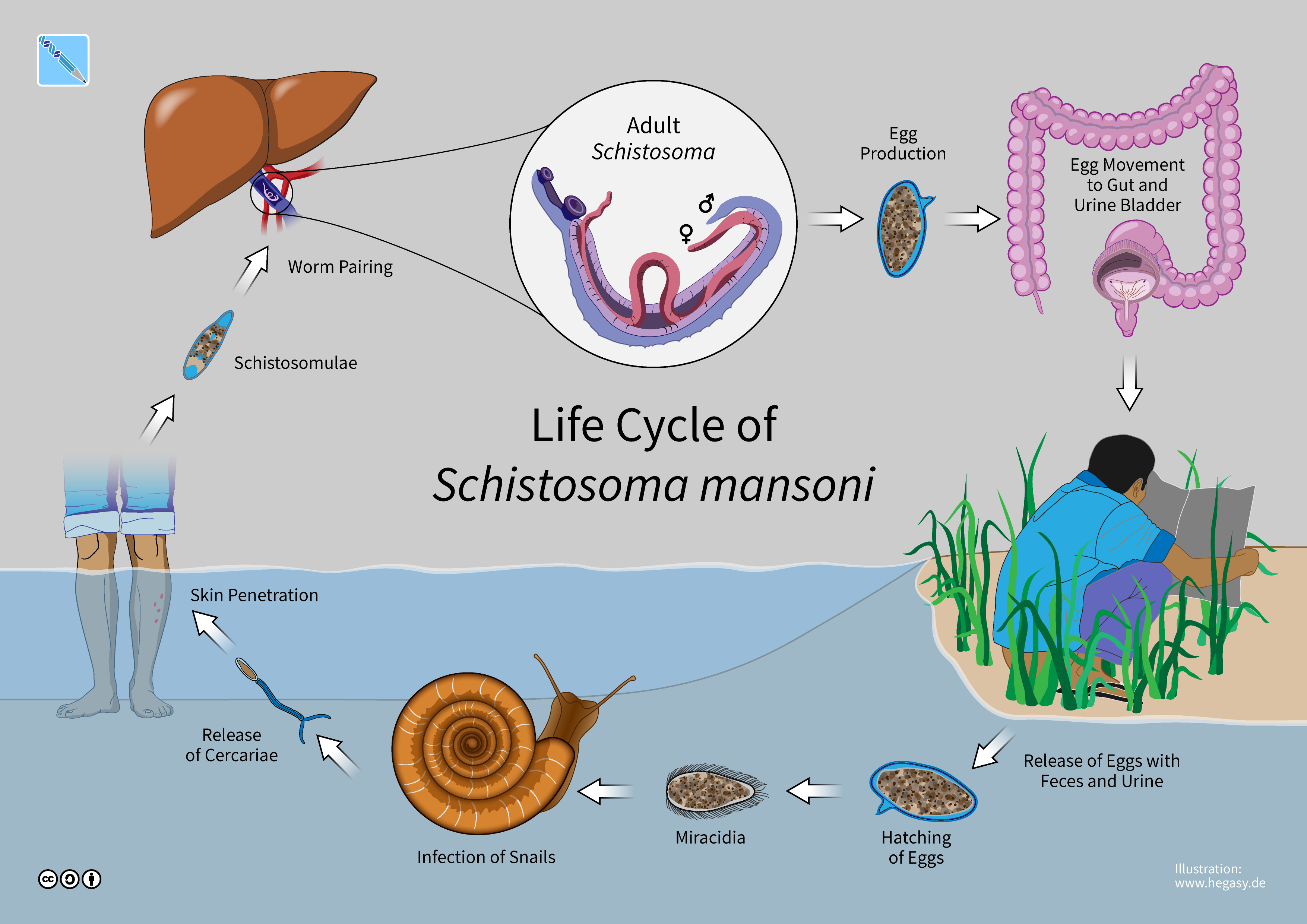The history of human affliction by infectious diseases is as old as civilization itself, and recent discoveries have shed new light on the origins of one of the most notorious sexually transmitted infections: syphilis. Remains from nearly 2,000 years ago on the eastern coast of South America have provided the oldest known evidence for the family of microorganisms that cause syphilis, challenging the long-held belief that Christopher Columbus’s crew brought the disease to Europe.

The study, published in Nature, reveals that the ancient genomes of Treponema pallidum, the bacterium responsible for syphilis and other treponemal diseases, push back the origins of these infections by thousands of years. This finding is significant as it suggests that these diseases have been a human companion for much longer than previously thought, with the diversification of known T. pallidum lineages beginning as long as 14,000 years ago.
The discovery came from the analysis of bone specimens from human remains buried some 2,000 years ago on Brazil’s southern coast. The genomes recovered were most similar to the modern subspecies that usually causes bejel, a disease not typically found in the Americas today. This implies a different historical distribution of T. pallidum subspecies compared to the present.
The research team, led by Verena Schuenemann and Kerttu Majander, archaeogeneticists at the University of Zurich, utilized advanced laboratory methods to detect traces of pathogenic DNA in ancient specimens. Their meticulous process involved extracting tiny bone samples using dentists’ drilling tools under sterile conditions to isolate the ancient DNA.
The implications of this research are profound, as it not only revises the evolutionary timeline of T. pallidum but also casts doubt on the theory that syphilis was a post-Columbian import to Europe. The presence of diverse T. pallidum strains in fifteenth-century Europe, some potentially predating Columbus’s return, suggests that the bacterium had already been evolving in Europe for a considerable amount of time.
The study also raises the possibility that treponemal diseases might have emerged in Eurasia or Africa and reached the Americas with the first humans to migrate there at least 15,000 years ago. Alternatively, the bacteria could have jumped to humans from an animal host, as primates and other animals, including rabbits, can be infected with T. pallidum.
Syphilis remains a global health concern today, with the World Health Organization estimating that 7.1 million adults aged 15–49 acquired syphilis globally in 2020. The disease is preventable and curable, with rapid tests and treatments such as benzathine penicillin injections available. However, if left untreated, syphilis can lead to serious health issues, including brain and cardiovascular diseases.
The study’s findings are a testament to the power of interdisciplinary research in understanding the complex history of human diseases. As scientists continue to search for the origins of Treponema and its various subspecies, this research provides a crucial piece of the puzzle in our understanding of infectious diseases and their impact on human history.
The different subspecies of treponema can cause syphilis in various ways, indicating that the origin of syphilis is essentially the origin of the Treponema. Evidence suggests that diverse Treponema strains were present in fifteenth-century Europe, making it unlikely that syphilis was imported from the Americas. It’s possible that treponemal diseases emerged earlier in Eurasia or Africa and reached the Americas with the first humans, or that the bacteria jumped to humans from an animal host.
The ancient DNA evidence from Brazil not only rewrites the history of syphilis but also serves as a reminder of the enduring relationship between humans and infectious diseases. It underscores the importance of continued research and vigilance in the fight against these ancient foes.
Related posts:
Syphilislike Diseases Have Plagued Humans for 14,000 Years
Ancient DNA Shows Syphilis-Like Diseases Were Widespread in Americas Before Columbus’ Arrival
Detailed STD Facts





